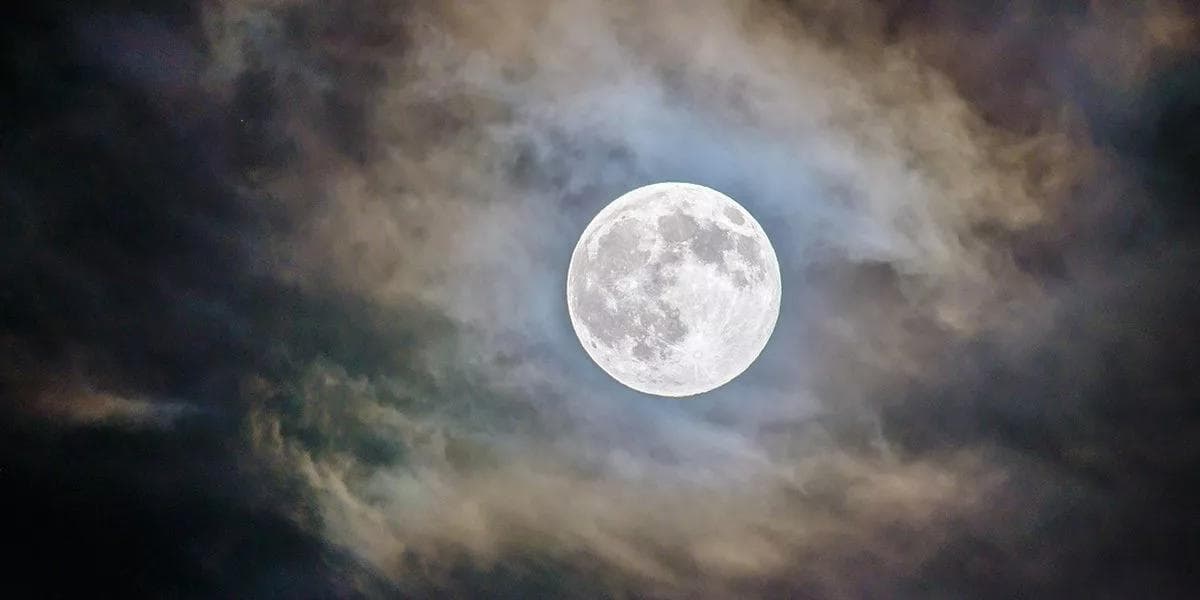Daylight Saving Time: Turn back your clocks, and tune into your genes

As Daylight Saving Time once again comes to an end, we must roll the clocks back, sacrificing that precious hour of evening daylight. It’s a simple process—adjust the clock forward one hour in the spring, and back an hour in the fall—but changing your internal clock is another story. Humans have evolved a complex system that keeps our biology synchronized with the daily cycles of sunrise and sunset. Everyone has a personal internal rhythm which may be affected by Daylight Saving differently. Whether you’re an early riser or a night owl, how your body adapts to this change might be affected by ancient remnants of Neanderthal DNA.
The concept of Daylight Saving started in the early 1900s as a mechanism to conserve energy, shifting our day to maximize natural light during working hours in order to reduce usage of electric light. A common assumption is that DST will affect someone’s sleep patterns only on the day when clocks are changed. But researchers have found that sleep can be affected for much longer, sometimes altering a person’s sleep patterns for weeks1. Interestingly, these effects appear to be partially dependent on a person’s chronotype.
The term chronotype refers to a person’s natural sleep patterns. Some people prefer to stay up later than most (night owls), while others are early to bed and early to rise. Where you fall on this spectrum is referred to as your chronotype. The factors determining your chronotype are not fully understood, but researchers have found that both environmental cues and genetics can play a role. How you respond to the start of Daylight Saving (in the spring) versus how you respond to its end (in the fall) can be partially due to your chronotype. Research shows that people who prefer staying up late are more affected by the spring transition, and less so by the fall transition2. Those who prefer waking up early are inversely affected. Even though there are different chronotypes, most people have a similar rhythmicity that dictates how long they sleep. This rhythmic system is referred to as the circadian rhythm, a term derived from the latin words circa and dies which roughly translate to “around a day.”
The circadian rhythm is a natural regulatory mechanism embedded in all living creatures which helps manage biological processes. Deep within the brain there is a structure known as the Suprachiasmatic Nucleus (SCN) where our circadian rhythm is controlled. Each day, light enters our eye and stimulates a relay of signals from the retina back to the SCN. From the SCN, signals are sent throughout the body, which helps organs and cells tune their own internal clocks and ensure that body systems are synchronized. This complex system is finely tuned and allows our activities (waking up, eating, going to bed) to be synchronized with the daily cycles of sunlight. In fact, a recent study indicates that our eyes are incredibly sensitive to light, so much so that we can detect the presence of a single photon3. The evolution of such a finely honed tool is one of many adaptations we’ve accumulated throughout time. Being able to detect changes in our environment and adapt our internal clock has allowed us to explore new areas of the world and eventually establish a human presence across the globe.
Your eyes can detect a single photon of light
Some of these adaptive abilities may have come from non-human ancestors. More than 30,000 years ago, Homo sapiens co-existed with a similar hominid known as Homo neanderthalensis, or more commonly Neanderthals. These close relatives began to breed with Homo sapiens which led to hybrid genomes comprised of human and Neanderthal DNA. Over time, most of the Neanderthal DNA has been lost. Some Neanderthal DNA has persisted, though, and may account for up to 2% of the DNA in people of Eurasian descent. The function of this Neanderthal DNA is still being investigated, but new research sheds some light on a common feature—much of the persistent Neanderthal DNA affecting human traits is associated with light4. Some of these traits include skin color, hair color, and even a person’s chronotype. In this study, compelling data suggests that a person’s preference for early wakefulness or late bedtimes might be influenced by regions of DNA that trace back to Neanderthal ancestors. Like modern humans, Neanderthals may have had a spectrum in these types of traits as well. Further analysis of the data allowed the researchers to speculate on why this DNA has continued to be a part of our genome—they suggest it may be an adaptation to geographical locations where sunlight exposure is different from the equator.
Daylight Saving Time is an old custom, but not as old as our biological clock. The effect of this time change is small, but based on your chronotype—and, indirectly, on your ancestral DNA—you may experience it differently than others.
1Harrison Y. “The impact of daylight saving time on sleep and related behaviours.” Sleep Medicine Reviews, W.B. Saunders, 7 Mar. 2013,
2Lahti, Tuuli A et al. “Transitions into and out of Daylight Saving Time Compromise Sleep and the Rest-Activity Cycles.” BMC Physiology 8 (2008): 3. PMC. Web. 3 Nov. 2017.
3Tinsley, Jonathan N. et al. “Direct Detection of a Single Photon by Humans.” Nature Communications 7 (2016): 12172. PMC. Web. 3 Nov. 2017.
4Dannemann, Michael, and Janet Kelso. “The Contribution of Neanderthals to Phenotypic Variation in Modern Humans.” The American Journal of Human Genetics, vol. 101, no. 4, 5 Oct. 2017, pp. 578–589., doi:10.1016/j.ajhg.2017.09.010.